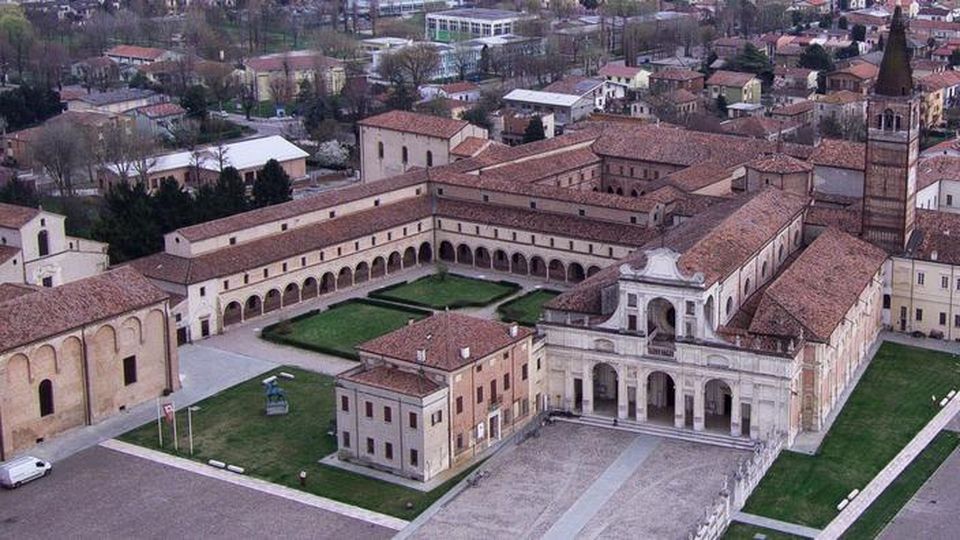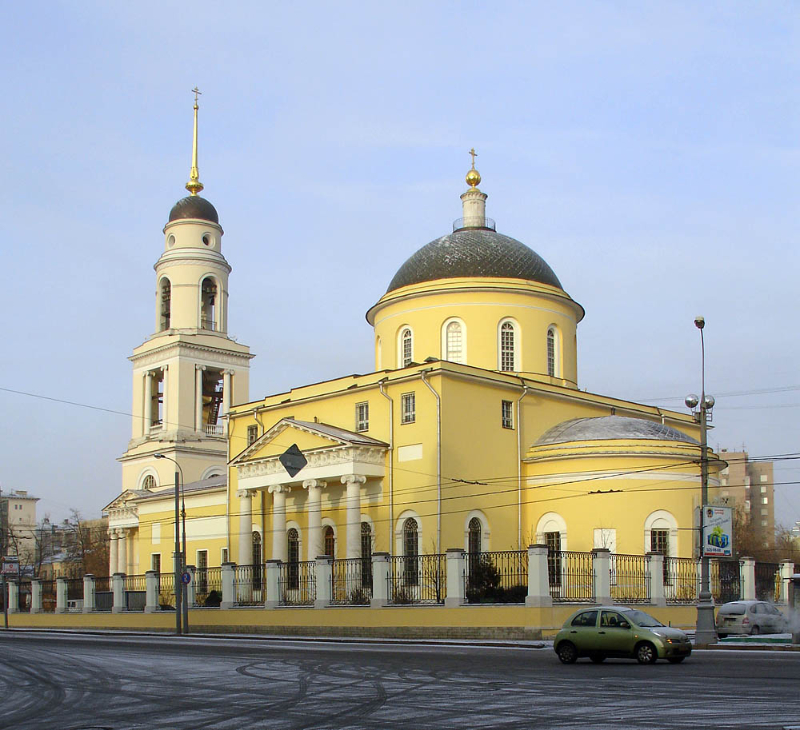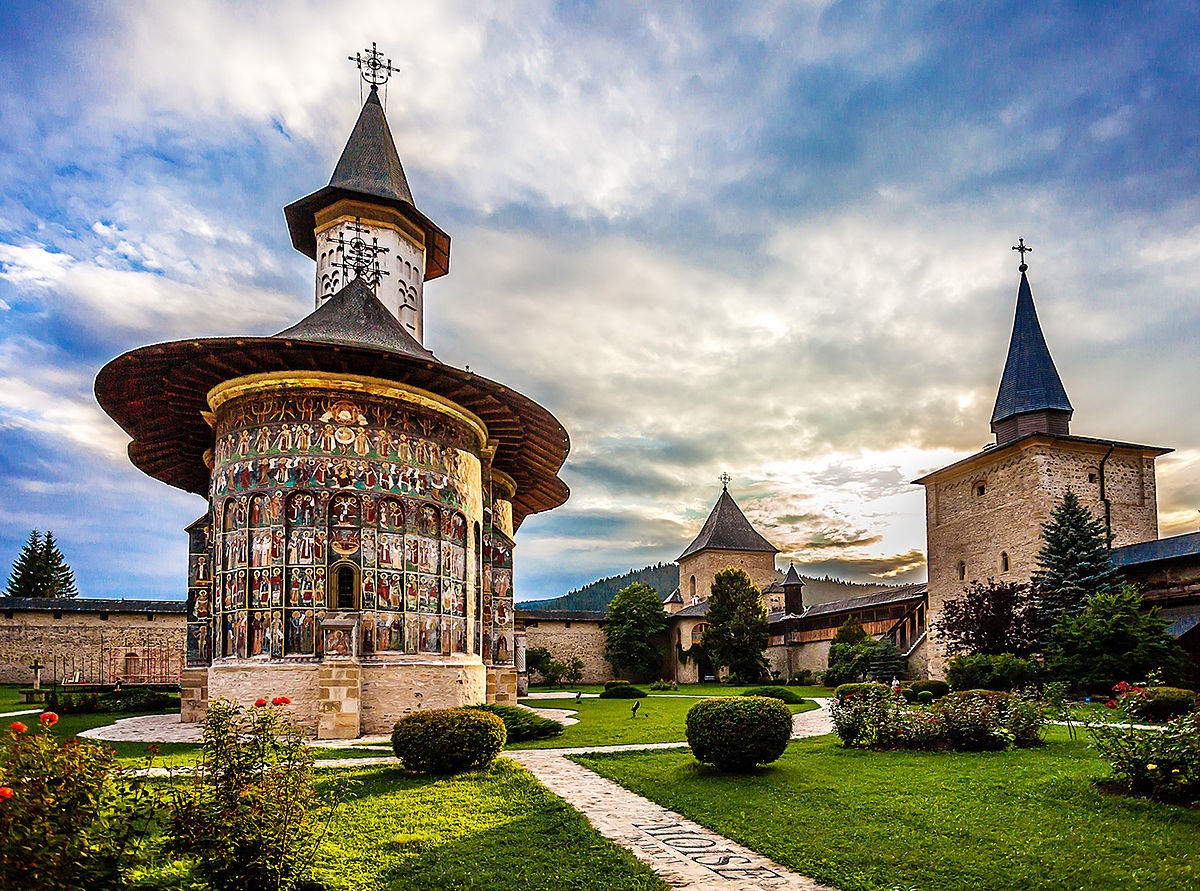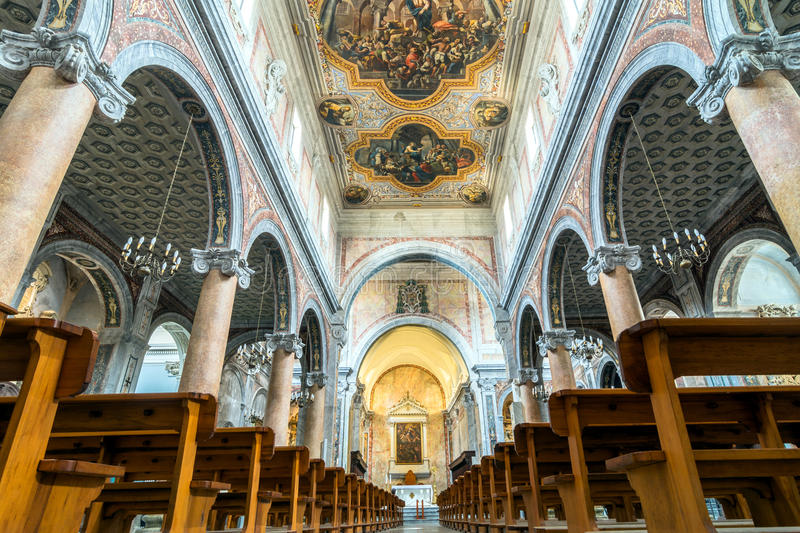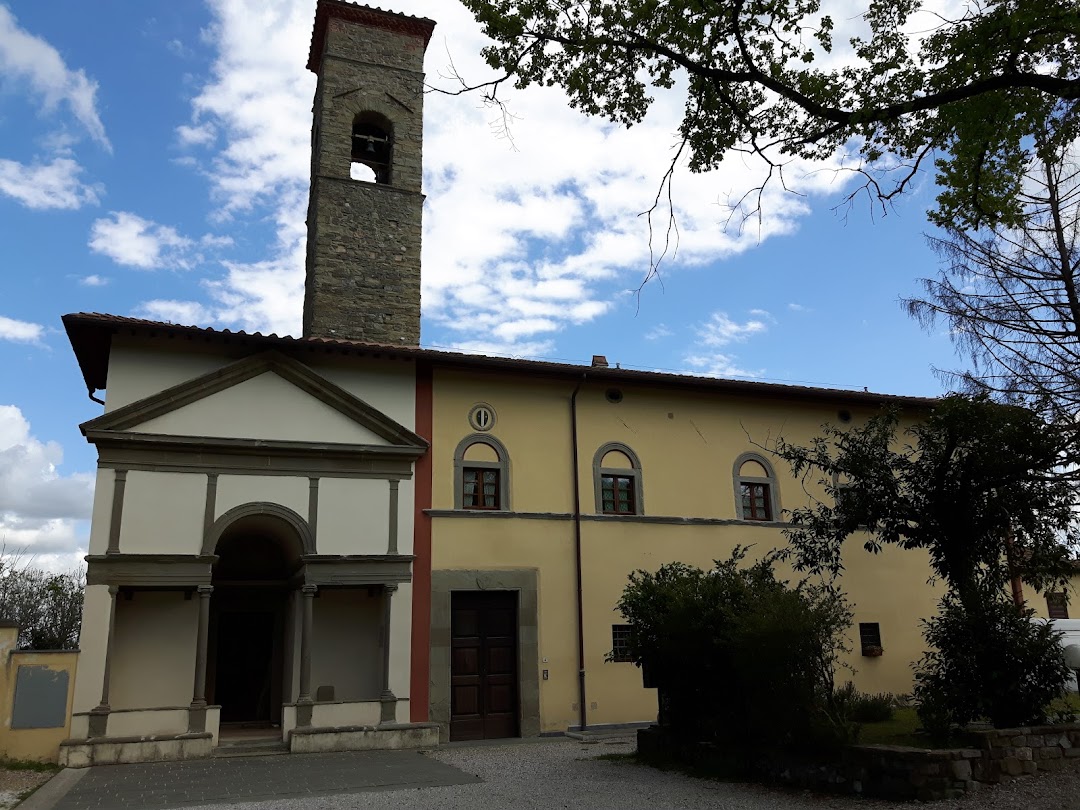In 1007 the Monastery of San Benedetto in Polirone was founded, a monastery connected with the abbeys of Cluny and Montecassino. But above all, it was the Monastery loved by Matilda of Canossa, who decided to bury her here. After a long period of decadence, it flourished again with the Gonzagas from 1420, when it passed to the congregation of S. Giustina of Padua. The ancient medieval factories were rebuilt and enlarged and during the 16th century Giulio Romano himself worked there. In 1797, when Napoleon arrived, many of the buildings were demolished or abandoned, the archives and library dispersed between Mantua and Milan. The current structure is the result of long and laborious restorations. The basilica of St. Benedict was rebuilt in its present form by Giulio Romano. The interior has three naves with transept and ambulatory behind the altar; in the vault of the nave and in the dome, decorations by Giulio Romano’s pupils. From the bottom of the left aisle you enter the original church of S. Maria, with beautiful mosaics and 32 statues of saints by Arturo Begarelli (1542-59). From the right arm of the transept we pass through the sacristy, with a beautiful vault frescoed in the 1500s and richly carved cupboards (1563); in the entrance hall that gives access is the tomb of Matilda of Canossa (the remains were moved to Rome in 1632). On the right of the church there is the access to the suggestive cloister of the Seculars (XV century); passing behind the apse there is the access to the cloister of S. Simeone (1450), in whose porticos you can admire lunettes with frescoes attributable to Flemish painters and depicting the life of the saint. To the left of the church are the remains of the cloister of St. Benedict, of which two sides remain; the large isolated building is instead the former refectory (1478), in which, on the wall opposite the entrance, during the restoration was found a fresco attributed to the young Correggio;
